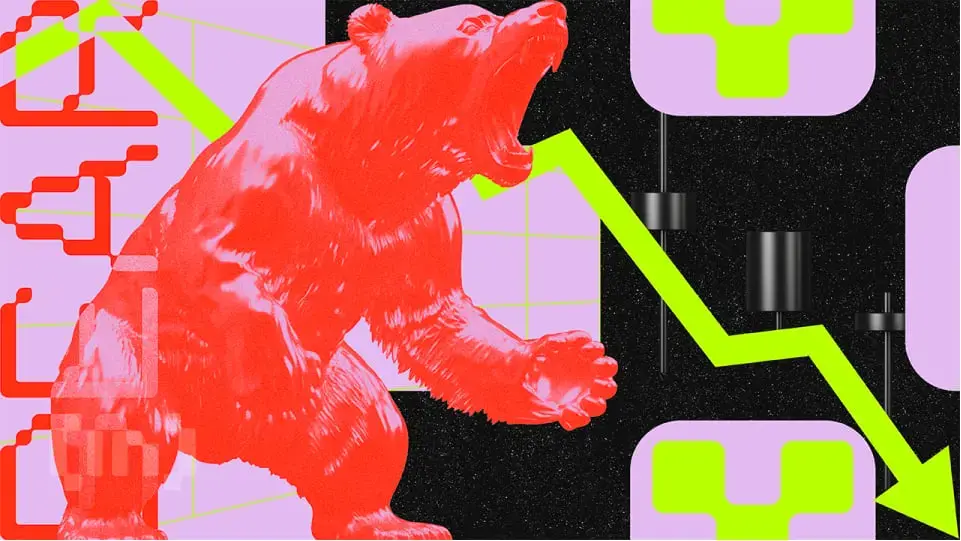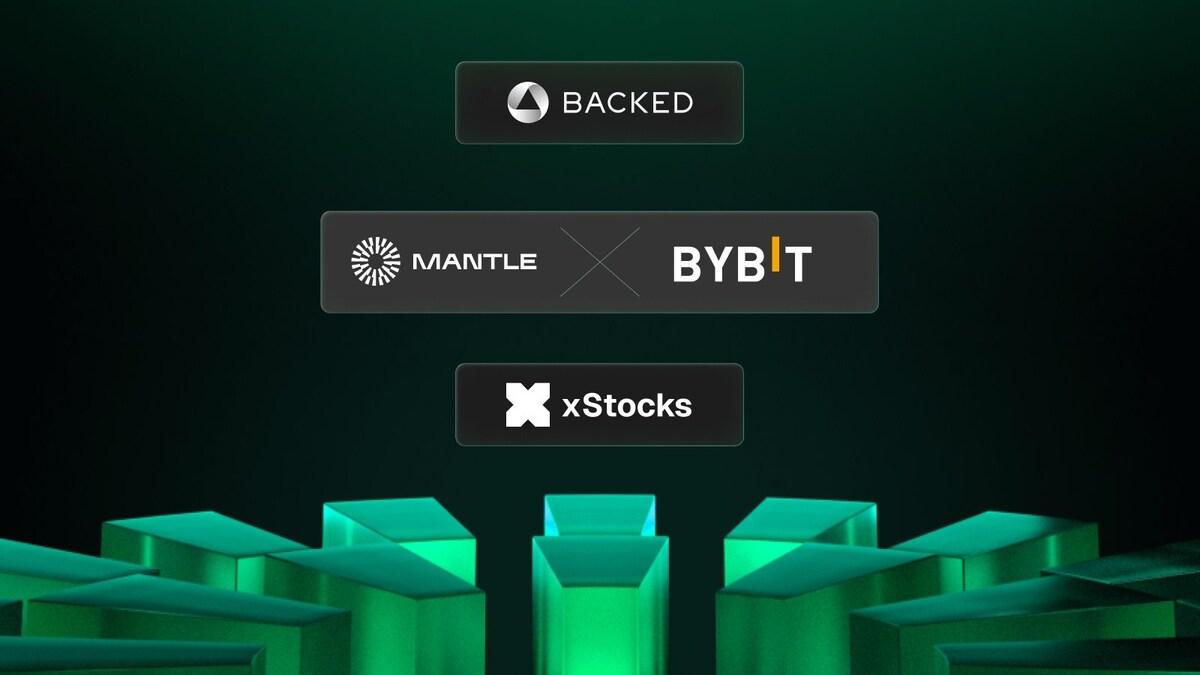Institutional inflows into spot Bitcoin ETFs have been one of the biggest storylines since their launch last year. With Bitcoin hitting new highs in 2025 and ETF assets surging, many assume big Wall Street players are finally “long Bitcoin.” But not so fast, says Arthur Hayes. In an email sent Monday, the BitMEX co-founder argues that much of the institutional activity inside BlackRock’s IBIT, still the largest Bitcoin ETF by assets, has nothing to do with long-term conviction. Instead, he says, the biggest players are running a straightforward arbitrage trade. “They Are Not Long Bitcoin” Hayes points to the ETF’s largest holders, hedge funds and bank trading desks, including firms like Goldman Sachs, and argues they are primarily engaged in what’s known as a basis trade. Here’s how it works: Funds buy IBIT ETF shares Simultaneously short CME Bitcoin futures Capture the yield difference between the ETF and futures (the basis) Use the ETF shares as collateral for the futures short According to Hayes: “They are not long Bitcoin. They only play in our sandbox for a few extra points over Fed Funds.” This has become even more common in 2025 as US rates have fallen, with the Federal Reserve cutting rates three times this year, reducing yields across traditional markets and making arbitrage opportunities more attractive. Why ETF Inflows Can Be Misleading When the basis is high enough, hedge funds rush into the trade, creating the appearance of large institutional inflows.When the basis compresses, as it has several times throughout 2025, those same institutions unwind the trade, causing sharp ETF outflows. Hayes says this dynamic creates a dangerous illusion, and it plays out like this: When the basis spikes → ETF inflows surge → “Institutions are buying Bitcoin!” When the basis collapses → ETF outflows spike → “Institutions are dumping Bitcoin!” Retail investors often misinterpret these flows, which can amplify market volatility. What Changed in 2025 Earlier this year, Bitcoin rose steadily even as dollar liquidity tightened under the incoming Trump administration and US Treasury issuance surged. ETF inflows and buying from digital asset trusts helped offset the liquidity drag. But Hayes argues that that phase may be over. Several digital asset trusts (DATs) have traded below NAV this autumn. The ETF basis trade has become less attractive as futures spreads narrowed. Hedge funds have reduced their positions, triggering noticeable outflows across the ETF complex for weeks at a time. With those artificial demand drivers fading, Hayes says Bitcoin finally has to respond to the underlying macro environment again. “Bitcoin Must Fall” — Hayes on Short-Term Pressure According to Hayes: “Bitcoin must fall to reflect the current short-term worry that dollar liquidity will contract or not grow as fast as the politicians promised.” In other words:ETF flows pushed Bitcoin up when liquidity didn’t justify it.Now those flows are gone, and liquidity still matters. His message for late 2025 is blunt: Most ETF inflows were arbitrage, not long-term institutional belief. BlackRock’s biggest ‘holders’ aren’t long Bitcoin, they’re long the basis. The unwind of those trades is now affecting Bitcoin’s price. For retail investors, the lesson is simple:ETF flows tell you more about the futures curve than institutional conviction. The post Think BlackRock Is Bullish on Bitcoin? Arthur Hayes Says They’re Not, Here’s Why appeared first on BeInCrypto.

Related Articles & Analysis

Templeton’s XRP ETF Goes Live as Bitcoin Hyper Presale Picks Up Speed
BitCoinist

Best Crypto To Buy After Bitcoin’s Death Cross: Crash Risk Or Rebound Setup?
NewsBTC

Crypto Fear Index Hits 10, Lowest Since July 2022 — What Happens Next?
CryptoNews.com

US Spot Bitcoin ETFs Bleed $1.11B in Third Consecutive Week of Outflows
CryptoNews.com

Why XRP Tundra’s Price of $10 Suddenly Might Not Sound Crazy After This Week’s ETF Launch
CryptoPotato

Mantle Collaborates with Bybit and Backed to Bring U.S. Equities Onchain, Pioneering Next Trillion-Dollar Wave of Tokenized Assets
TheBitCoinNews
